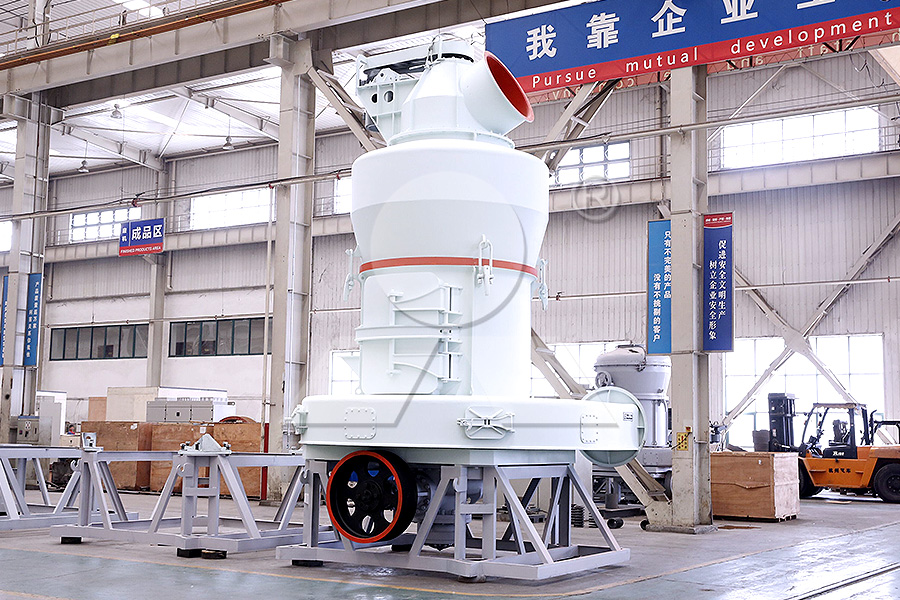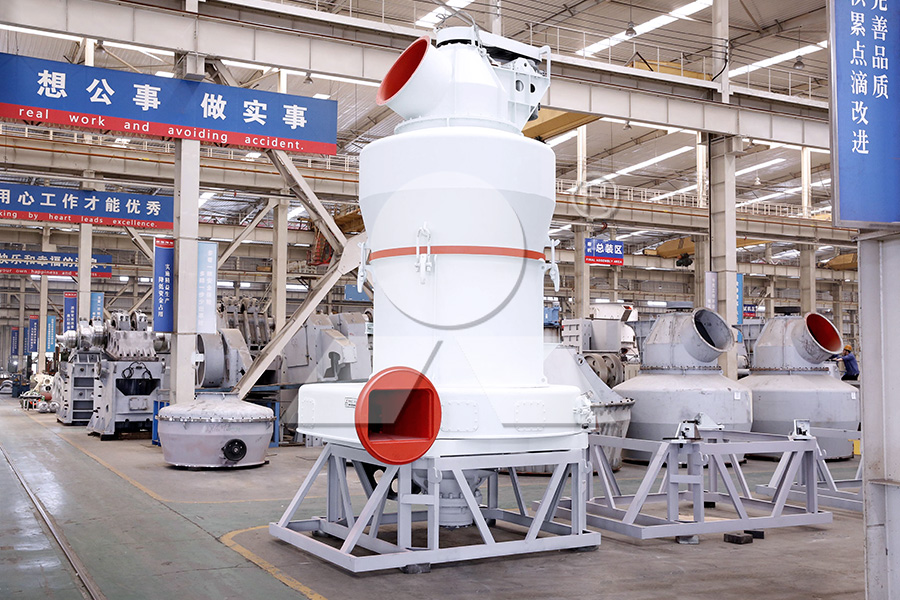

The mill grinds the ore with the requirement of hardness and Mohs hardness of the ore, so let's recognize the specific meaning of hardness and Mohs hardness! Hardness: Because it is destructive checking, it can only be used for unground raw s
The mill grinds the ore with the requirement of hardness and Mohs hardness of the ore, so let's recognize the specific meaning of hardness and Mohs hardness! Hardness: Because it is destructive checking, it can only be used for unground raw stone or unprecious ore. There are two types of hardness scales, one is the very hardness, the other is Mohs hardness (a relative hardness). Ten common minerals are used as a standard to distinguish between hard and soft minerals by scratching them against each other, and it is customary to use the Mohs scale of hardness in mineralogy or gemmology.

The Mohs scale of hardness for non-metallic materials is divided into ten grades. The use of hard non-metallic minerals diamond scratch method to determine, in descending order: talc, gypsum, calcite, fluorite, apatite, orthoclase, quartz, topaz, corundum, diamond. The greater the hardness, the better the wear resistance, so high hardness materials can be used to manufacture abrasives or wear-resistant products.
Hardness unit has a variety of units, there are Mohs hardness, Vickers hardness, Brinell hardness, Shaw's hardness and other hardness standards, the unit of hardness is based on the determination of the inventor's name. Hardness standard principle is: Mohs hardness - engraving method, Brinell hardness, Vickers hardness - indentation method, Shaw hardness - bullet rebound method.
General inorganic non-metallic material hardness using Mohs hardness, such as non-metallic mineral ores is to use the Mohs hardness, metal materials are used is Brinell hardness. Mill equipment crushing material strength often mentioned in the ore Mohs hardness is a relative hardness, 1824 by the German mineralogist Moss first proposed. Application of the scratch method will be prismatic cone diamond needle scratches on the surface of the minerals and scratches, with the depth of the measured scratches into ten levels to indicate the hardness, customary mineralogy or gemmology are used in the Mohs hardness.
The specific application of mineral hardness for scratch comparison to determine the hardness, such as a mineral can be carved out of calcite scratches, and can not carve fluorite, the Mohs hardness of 3 ~ 4, and other analogies. According to the Mohs hardness of different grades, crusher, mill in the crushing and grinding, need to overcome the force is different, the same fineness yield is also different. Mesh is the general characterization of the size of the aperture of the sieve, the conversion formula is: cm = 16 / mesh, mesh has the British system and the American system, the British system refers to how many holes per square inch.

SMPCRUSHER is a high-tech company integrating R&D, production and distribution, and provides crusher, sand making, grinding equipment, mobile crushing station, etc. mature products and solutions used in aggregate, mining and waste recycling. At present, we have established cooperative relations with customers in more than 170 countries, and helped them plan reasonable programme and realize scientific process.
Previous: SMP Crusher
Next: SMP Crusher

The mill grinds the ore with the requirement of hardness and Mohs hardness of the ore, so let's recognize the specific meaning of hardness and Mohs hardness! Hardness: Because it is destructive checking, it can only be used for unground raw s
The mill grinds the ore with the requirement of hardness and Mohs hardness of the ore, so let's recognize the specific meaning of hardness and Mohs hardness! Hardness: Because it is destructive checking, it can only be used for unground raw stone or unprecious ore. There are two types of hardness scales, one is the very hardness, the other is Mohs hardness (a relative hardness). Ten common minerals are used as a standard to distinguish between hard and soft minerals by scratching them against each other, and it is customary to use the Mohs scale of hardness in mineralogy or gemmology.

The Mohs scale of hardness for non-metallic materials is divided into ten grades. The use of hard non-metallic minerals diamond scratch method to determine, in descending order: talc, gypsum, calcite, fluorite, apatite, orthoclase, quartz, topaz, corundum, diamond. The greater the hardness, the better the wear resistance, so high hardness materials can be used to manufacture abrasives or wear-resistant products.
Hardness unit has a variety of units, there are Mohs hardness, Vickers hardness, Brinell hardness, Shaw's hardness and other hardness standards, the unit of hardness is based on the determination of the inventor's name. Hardness standard principle is: Mohs hardness - engraving method, Brinell hardness, Vickers hardness - indentation method, Shaw hardness - bullet rebound method.
General inorganic non-metallic material hardness using Mohs hardness, such as non-metallic mineral ores is to use the Mohs hardness, metal materials are used is Brinell hardness. Mill equipment crushing material strength often mentioned in the ore Mohs hardness is a relative hardness, 1824 by the German mineralogist Moss first proposed. Application of the scratch method will be prismatic cone diamond needle scratches on the surface of the minerals and scratches, with the depth of the measured scratches into ten levels to indicate the hardness, customary mineralogy or gemmology are used in the Mohs hardness.
The specific application of mineral hardness for scratch comparison to determine the hardness, such as a mineral can be carved out of calcite scratches, and can not carve fluorite, the Mohs hardness of 3 ~ 4, and other analogies. According to the Mohs hardness of different grades, crusher, mill in the crushing and grinding, need to overcome the force is different, the same fineness yield is also different. Mesh is the general characterization of the size of the aperture of the sieve, the conversion formula is: cm = 16 / mesh, mesh has the British system and the American system, the British system refers to how many holes per square inch.

SMPCRUSHER is a high-tech company integrating R&D, production and distribution, and provides crusher, sand making, grinding equipment, mobile crushing station, etc. mature products and solutions used in aggregate, mining and waste recycling. At present, we have established cooperative relations with customers in more than 170 countries, and helped them plan reasonable programme and realize scientific process.
Previous: SMP Crusher
Next: SMP Crusher
 How to adjust the fineness and output of grinding mill
How to adjust the fineness and output of grinding mill Voltage instability will bring what effect to the raymond mill
Voltage instability will bring what effect to the raymond mill According to the hardness of the material to choose their own Raymond mill equipment
According to the hardness of the material to choose their own Raymond mill equipment How the limestone grinding mill is dust treatment
How the limestone grinding mill is dust treatment How to solve the raymond mill in the work of the clogging
How to solve the raymond mill in the work of the clogging How to adjust the fineness and output of grinding mill
How to adjust the fineness and output of grinding mill Voltage instability will bring what effect to the raymond mill
Voltage instability will bring what effect to the raymond mill According to the hardness of the material to choose their own Raymond mill equipment
According to the hardness of the material to choose their own Raymond mill equipment How the limestone grinding mill is dust treatment
How the limestone grinding mill is dust treatment How to solve the raymond mill in the work of the clogging
How to solve the raymond mill in the work of the clogging